Analysis, recognition and cataloguing
Scheduled courses
Courses archive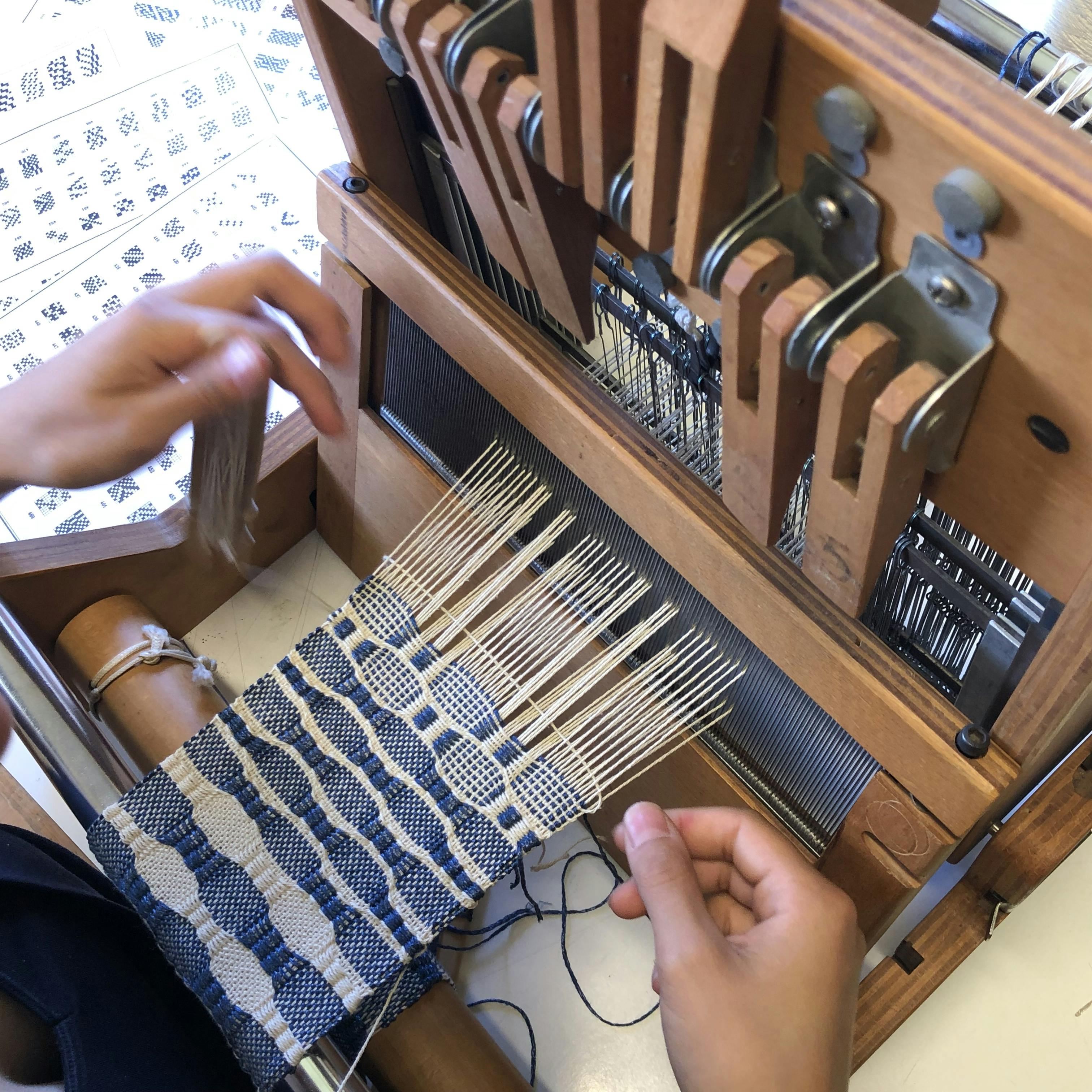
Analysis, recognition and cataloguing
Study of Historical Techniques and Technologies: from basic weaves to brocade and other weft effects
Intensive theoretical/practical seminar: the weave structures studied during the textile analysis courses are woven using a range of looms and visualization methods, to promote comprehension of the connection between weave annotation, analysis and loom technology.
Read
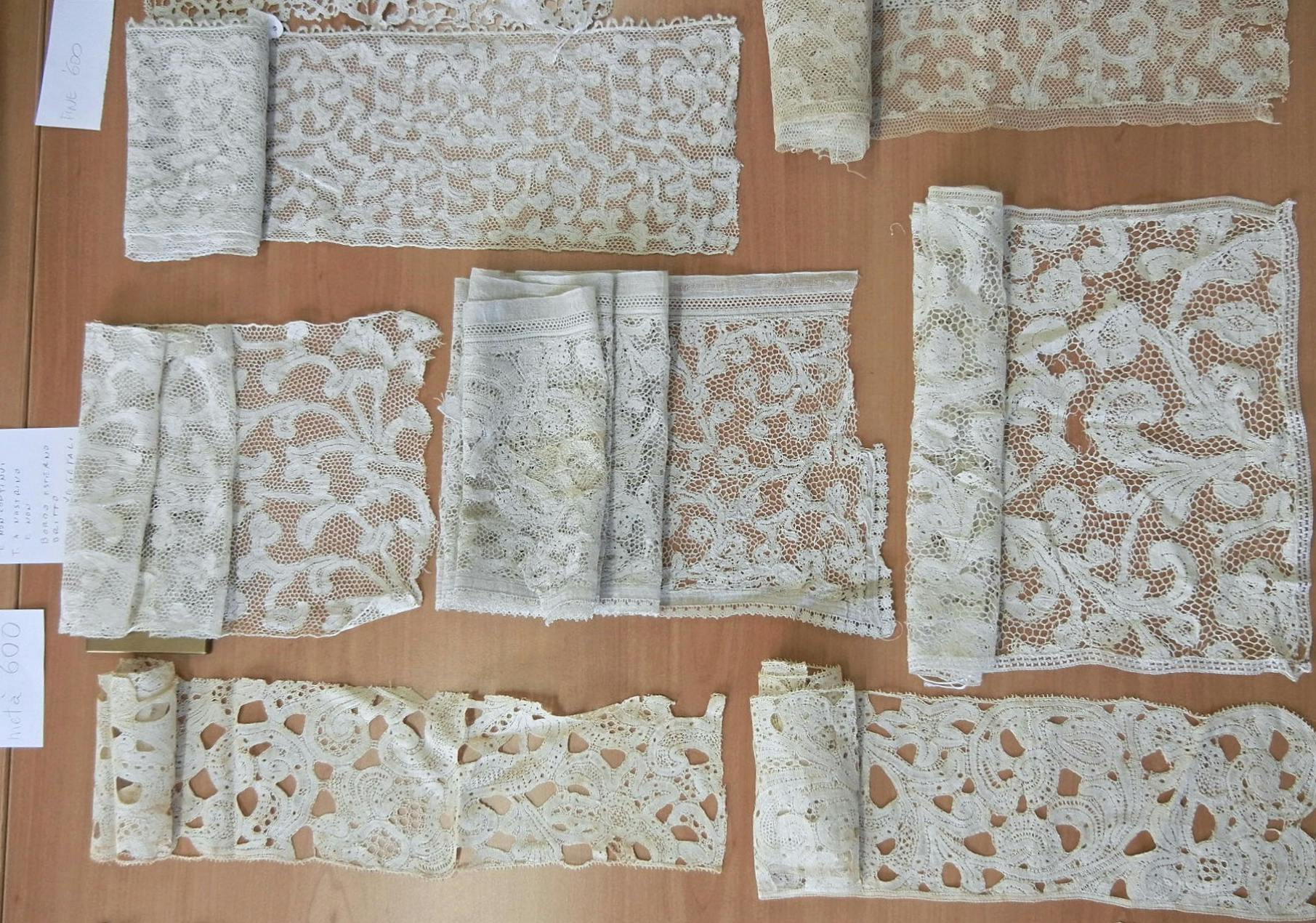
Analysis, recognition and cataloguing
Online Course | Bobbin lace. Recognition, Study and Cataloguing
The aim of the course is to offer tools to recognize, analyze and describe laces, through the observation of objects in various states of conservation, both ancient and contemporary. The basic course is designed for historians, curators, artists, collectors, and enthusiasts, and is available in Italian, English, French, and German. The course lasts six days and covers all types of bobbin lace exploring their technical, historical, and stylistic characteristics.
Read
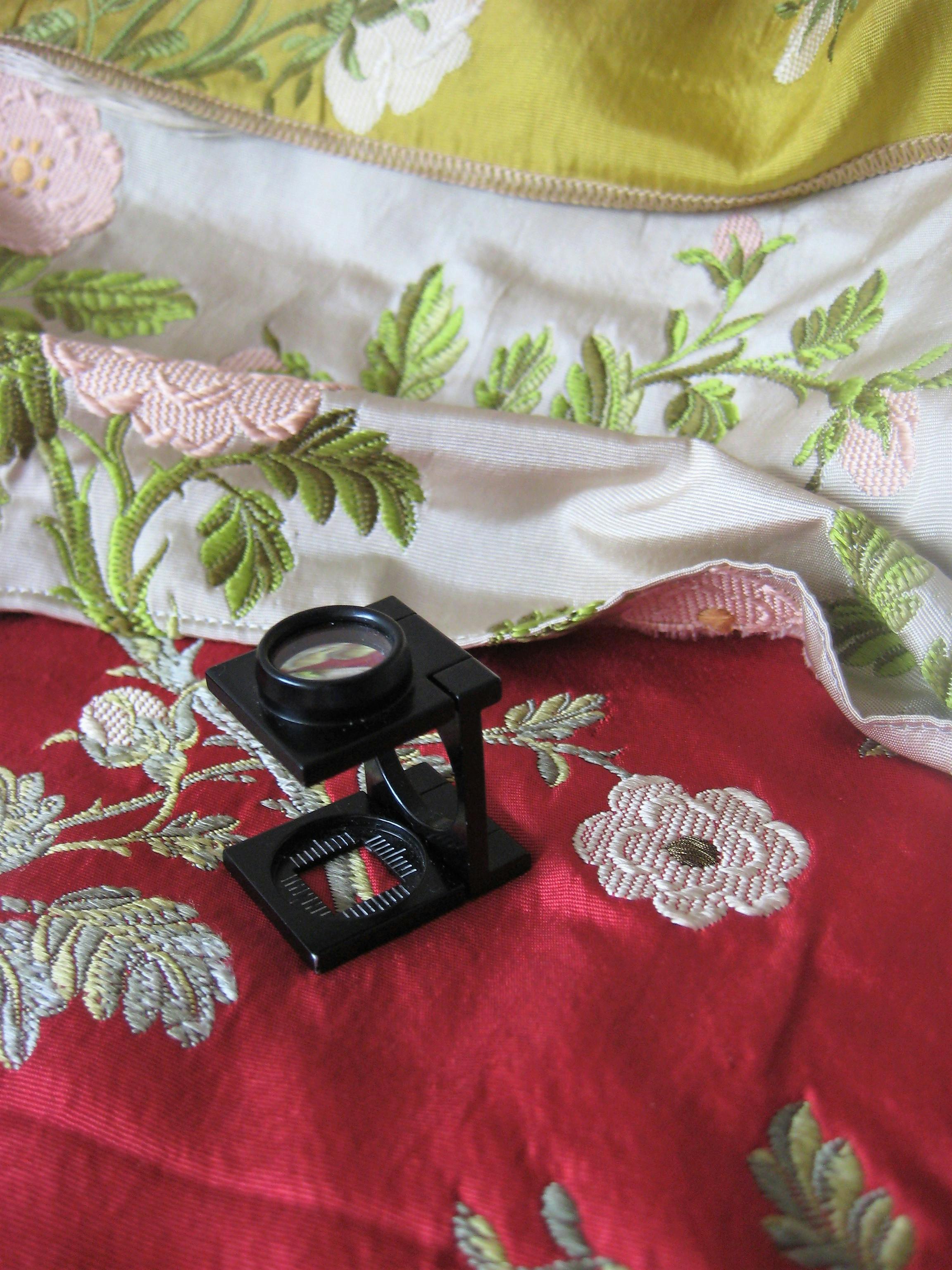
Analysis, recognition and cataloguing
Figured fabrics. Recognition, analysis and cataloguing 2
Practical exercises on samples of ancient fabrics and 20th-century reproductions to learn a method of analysis of simple and complex weave structures using such analysis tools as the pick glass, digital microscope and macrophotography. Students are provided with samples and lecture notes.
Read
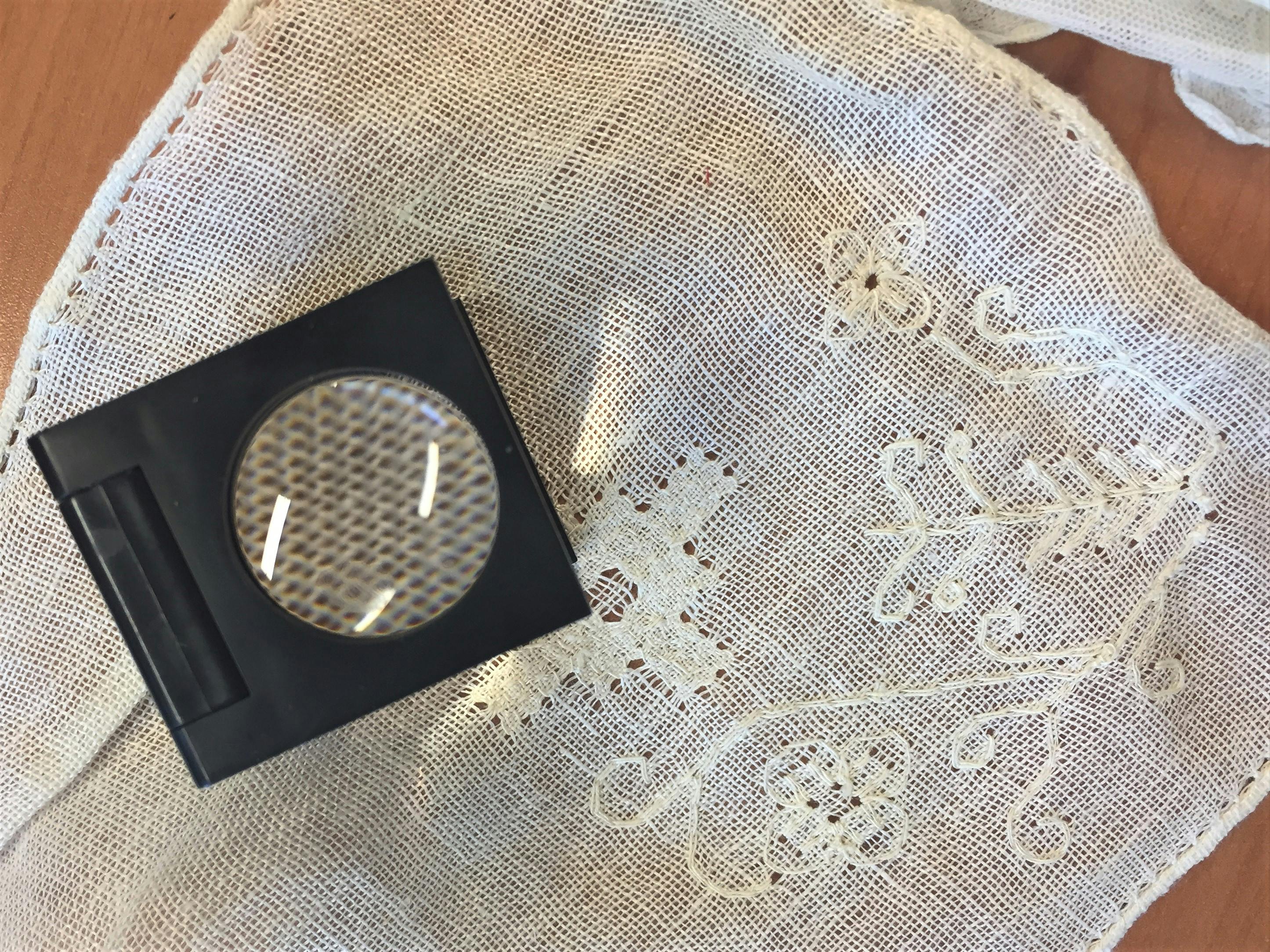
Analysis, recognition and cataloguing
Embroidery. Recognition of embroidery stitches and techniques | ONLINE |
Recognition of one-dimensional stitches in a continuous direction (running stitches) and back stitches; two-dimensional stitches, combined stitches; stitches creating fabrics; stitches for embroidering with sequins, beads and other materials.
Read
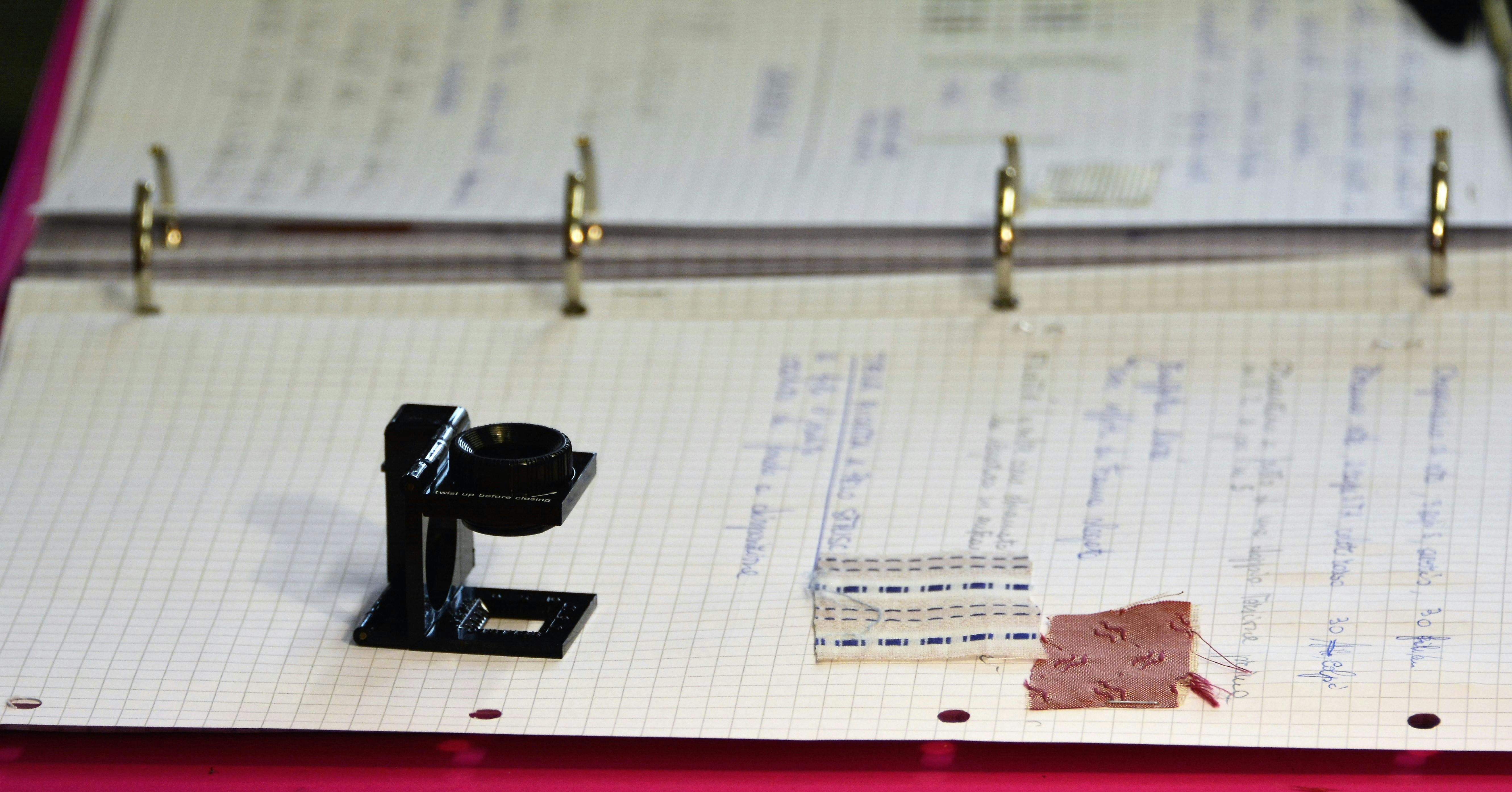
Analysis, recognition and cataloguing
Plain cloth. Recognition, analysis and cataloguing 1 |ONLINE| Italian
Course participants learn how to identify the constituent elements of woven textiles according to the methods proposed by the Centre International d’Etude des Textiles Anciens. Observation of historical samples in varying states of conservation, modern reconstructions and contemporary wovens.
Read
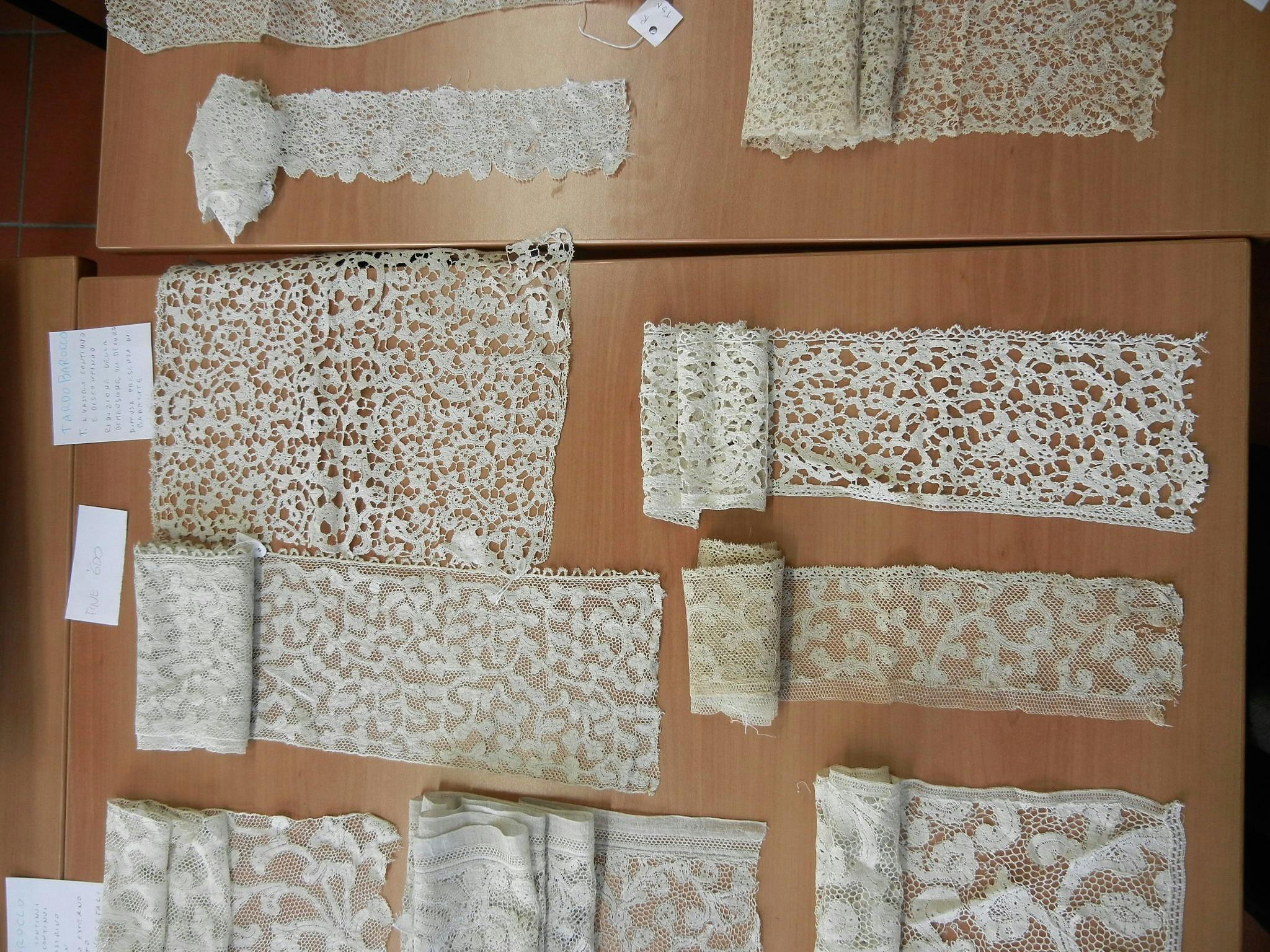
Analysis, recognition and cataloguing
Laces in-depth study | ONLINE |
Read
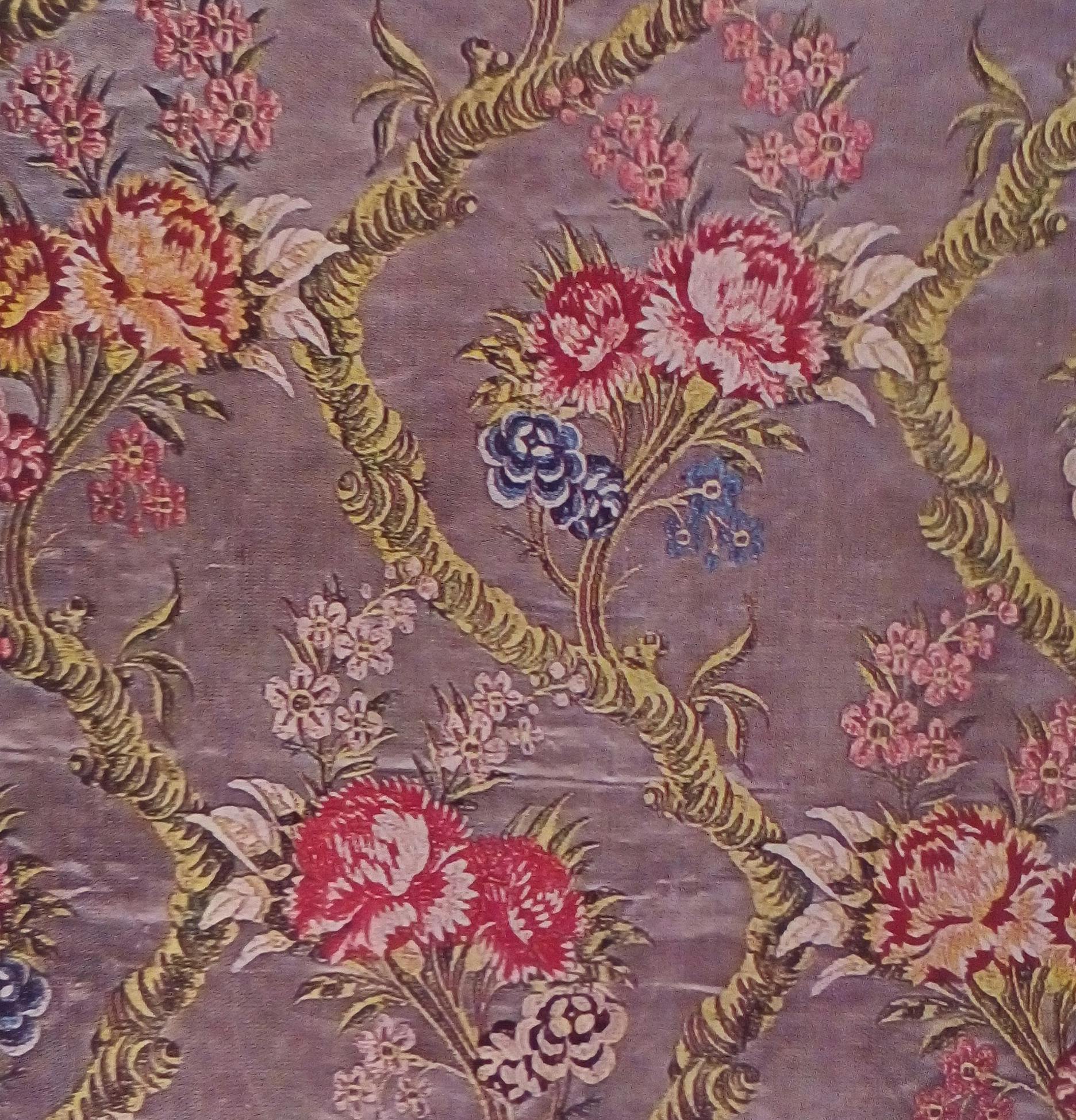
Historical tailoring, Analysis, recognition and cataloguing
History of Textiles 2. Textile decoration from the Baroque era to the Empire period
Individual module of "Historical Tailoring, Costume and Performing". The course aim is to illustrate not only the ways in which a decorative theme which has characterised textile production through the ages – that is, flowers and plant motifs – has assumed different meanings in different historical eras but also how taste and the idea of ‘fashion’ have evolved through the centuries. A vast iconographic repertoire of slides is projected, church vestments and paraments and textile fragments from the Fondazione Lisio historic archives are presented.
Read
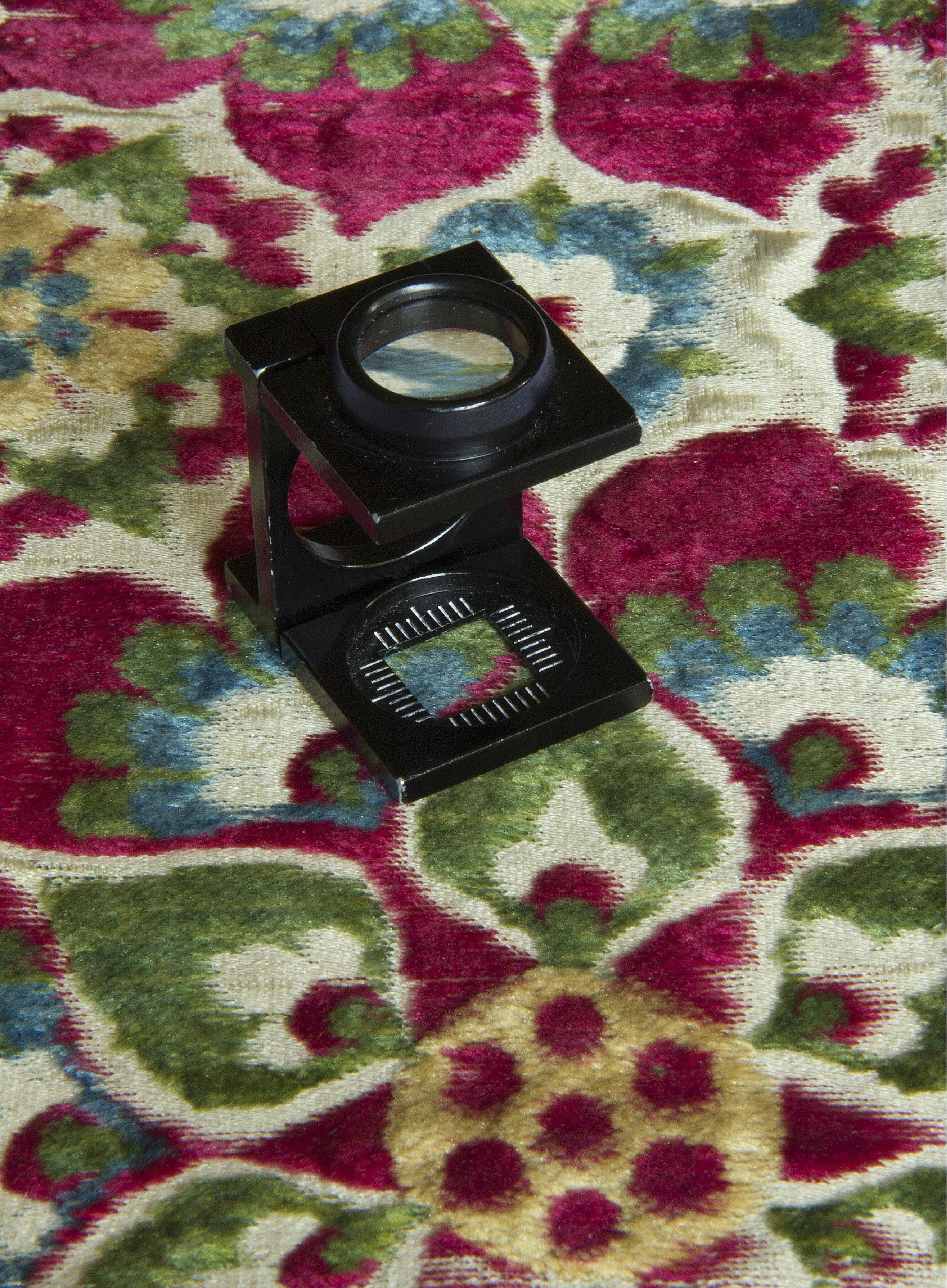
Analysis, recognition and cataloguing
Plain cloth. Recognition, analysis and cataloguing 1
Course participants learn how to identify the constituent elements of woven textiles according to the methods proposed by the Centre International d’Etude des Textiles Anciens. Observation of historical samples in varying states of conservation, modern reconstructions and contemporary wovens.
Read

Analysis, recognition and cataloguing
Figured fabrics. Recognition, analysis and cataloguing 2 |ONLINE| English
Practical exercises on samples of ancient fabrics and 20th-century reproductions to learn a method of analysis of simple and complex weave structures using such analysis tools as the pick glass, digital microscope and macrophotography. Students are provided with samples and lecture notes.
Read
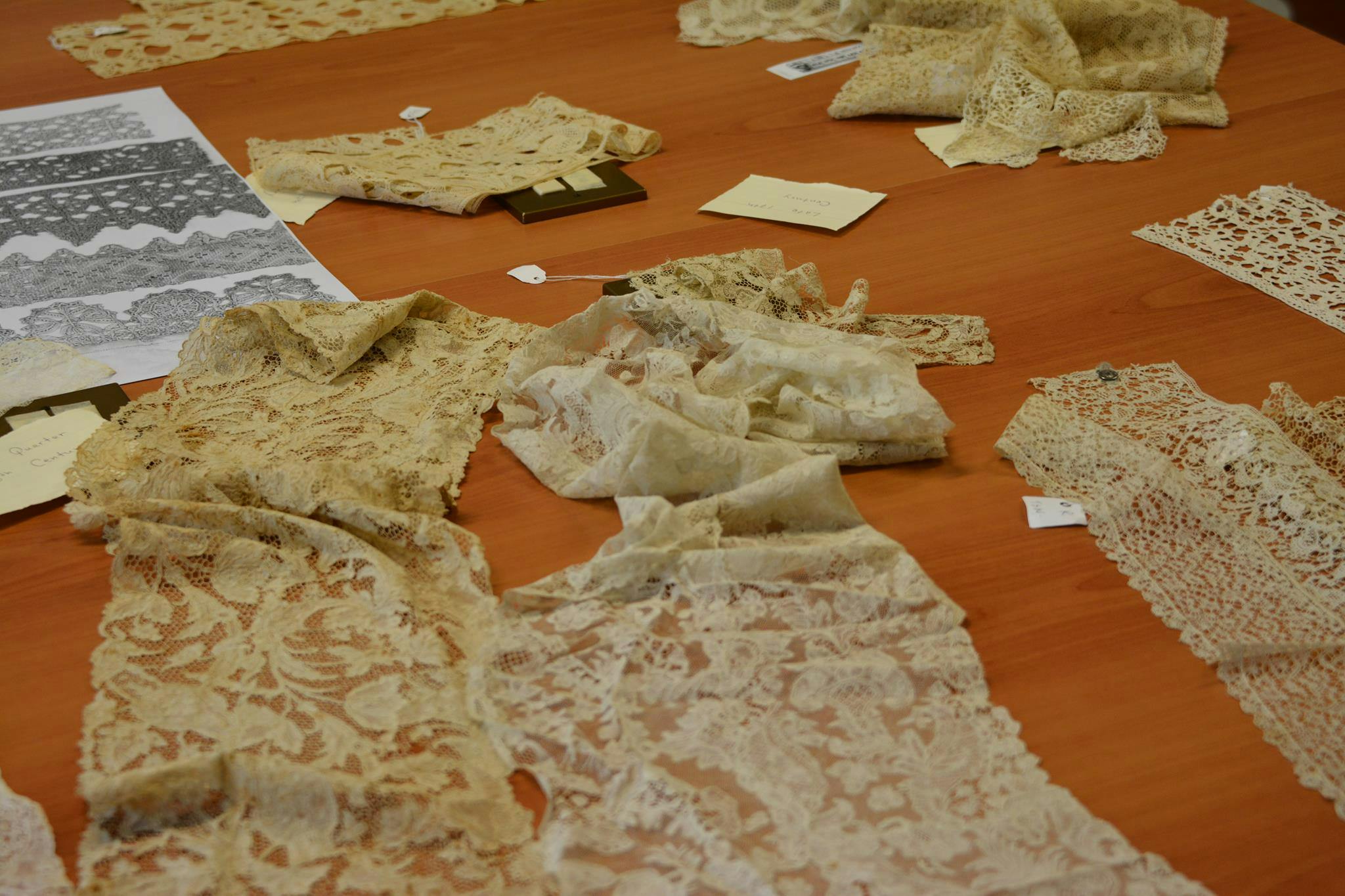
Analysis, recognition and cataloguing
Needlepoint lace. Recognition, study and cataloguing
The basic course is designed for historians, curators, artists, collectors, and enthusiasts, and is available in Italian, English, French, and German. The course lasts six days and covers all types of needlepoint lace exploring their technical, historical, and stylistic characteristics.
Read
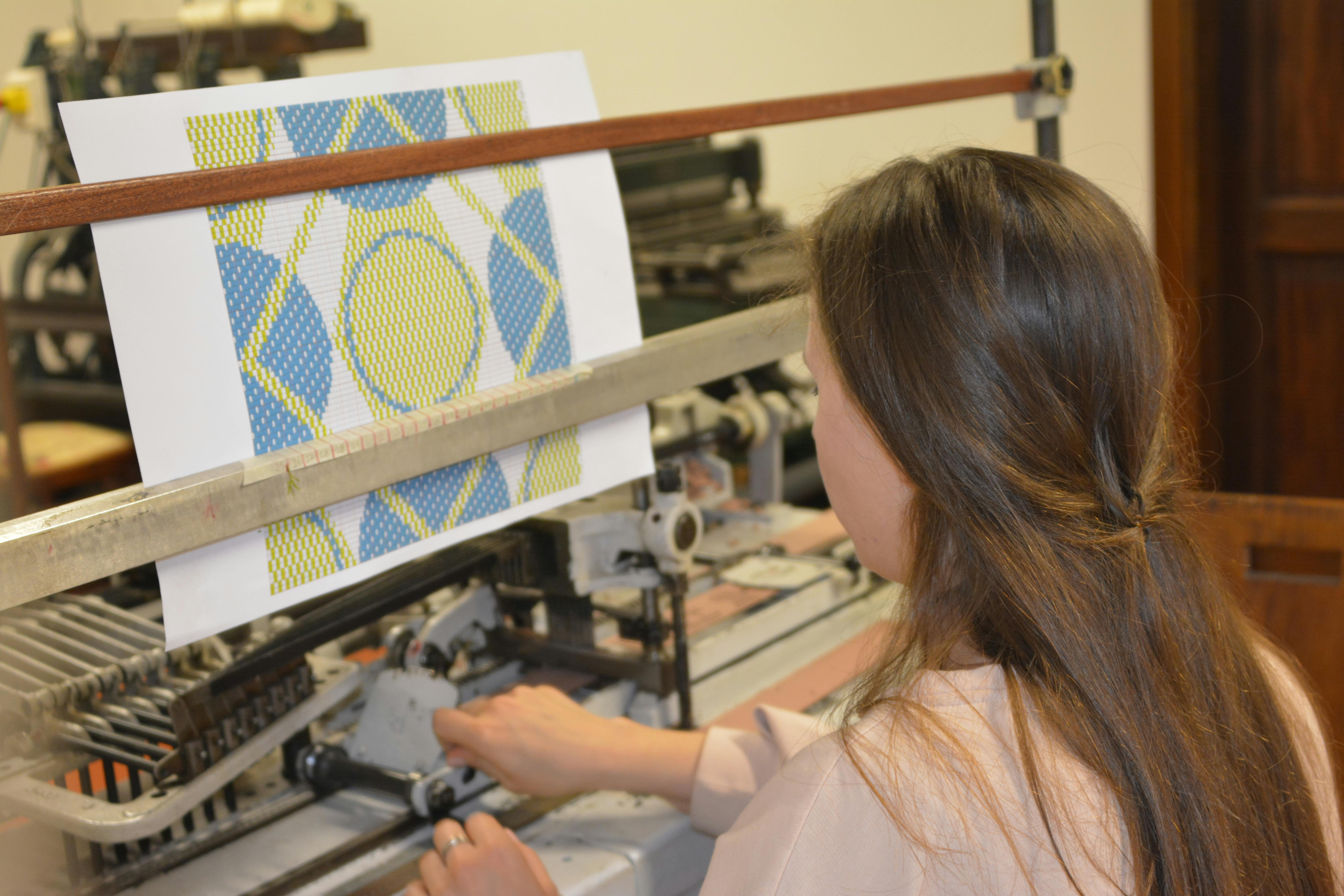
Basic weaving, Analysis, recognition and cataloguing, Design and jacquard handweaving
VI edition Master I level "Textile - Creation of Art Fabrics" 2023/2024
1st level academic Master in Textiles – Creation of Art Fabrics: 1500 hours for learning to design and hand-produce precious fabrics. The course opens the way to collaborative working relationships in the ancient textiles restoration sector and in construction of costumes for the stage and film. The course foresees internships and apprenticeships at companies and at textile museums.
Read
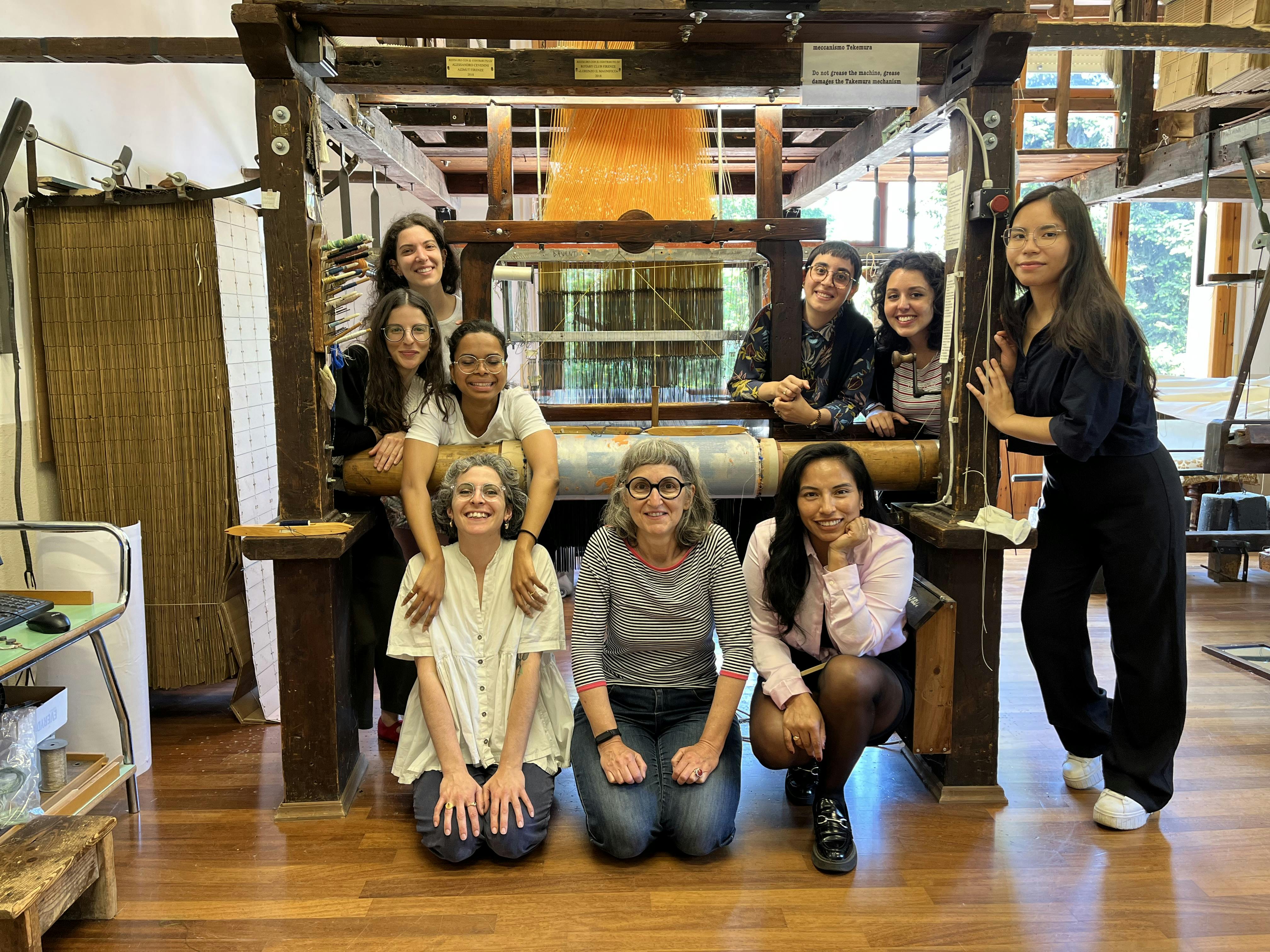
Basic weaving, Analysis, recognition and cataloguing, Design and jacquard handweaving
V edition Master I level "Textile - Creation of Art Fabrics" 2022/2023
1st level academic Master in Textiles – Creation of Art Fabrics: 1500 hours for learning to design and hand-produce precious fabrics. The course opens the way to collaborative working relationships in the ancient textiles restoration sector and in construction of costumes for the stage and film. The course foresees internships and apprenticeships at companies and at textile museums.
Read
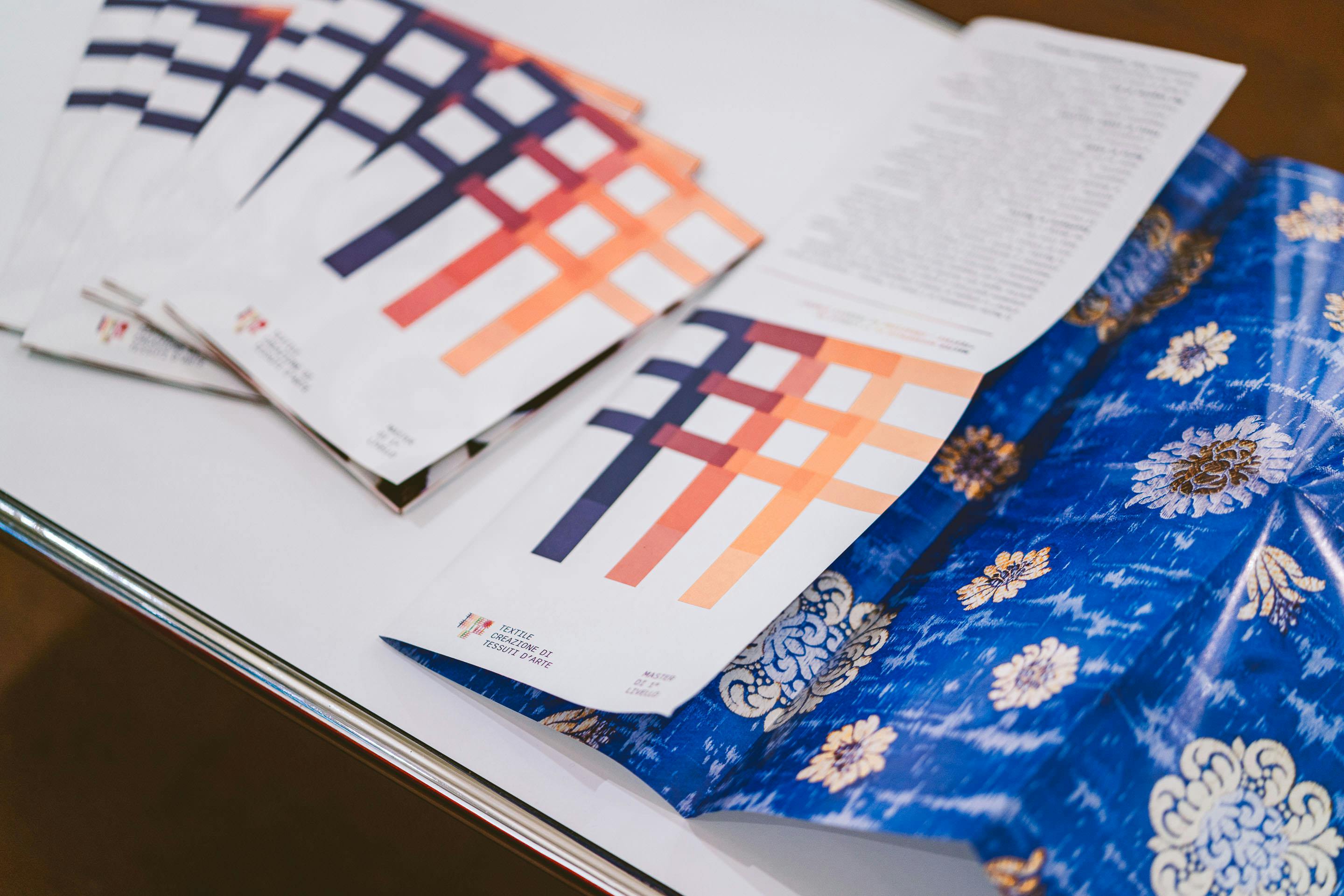
Basic weaving, Analysis, recognition and cataloguing, Design and jacquard handweaving
IV edition Master I level "Textile - Creation of Art Fabrics" 2021/2022
1st level academic Master in Textiles – Creation of Art Fabrics: 1500 hours for learning to design and hand-produce precious fabrics. The course opens the way to collaborative working relationships in the ancient textiles restoration sector and in construction of costumes for the stage and film. The course foresees internships and apprenticeships at companies and at textile museums.
Read
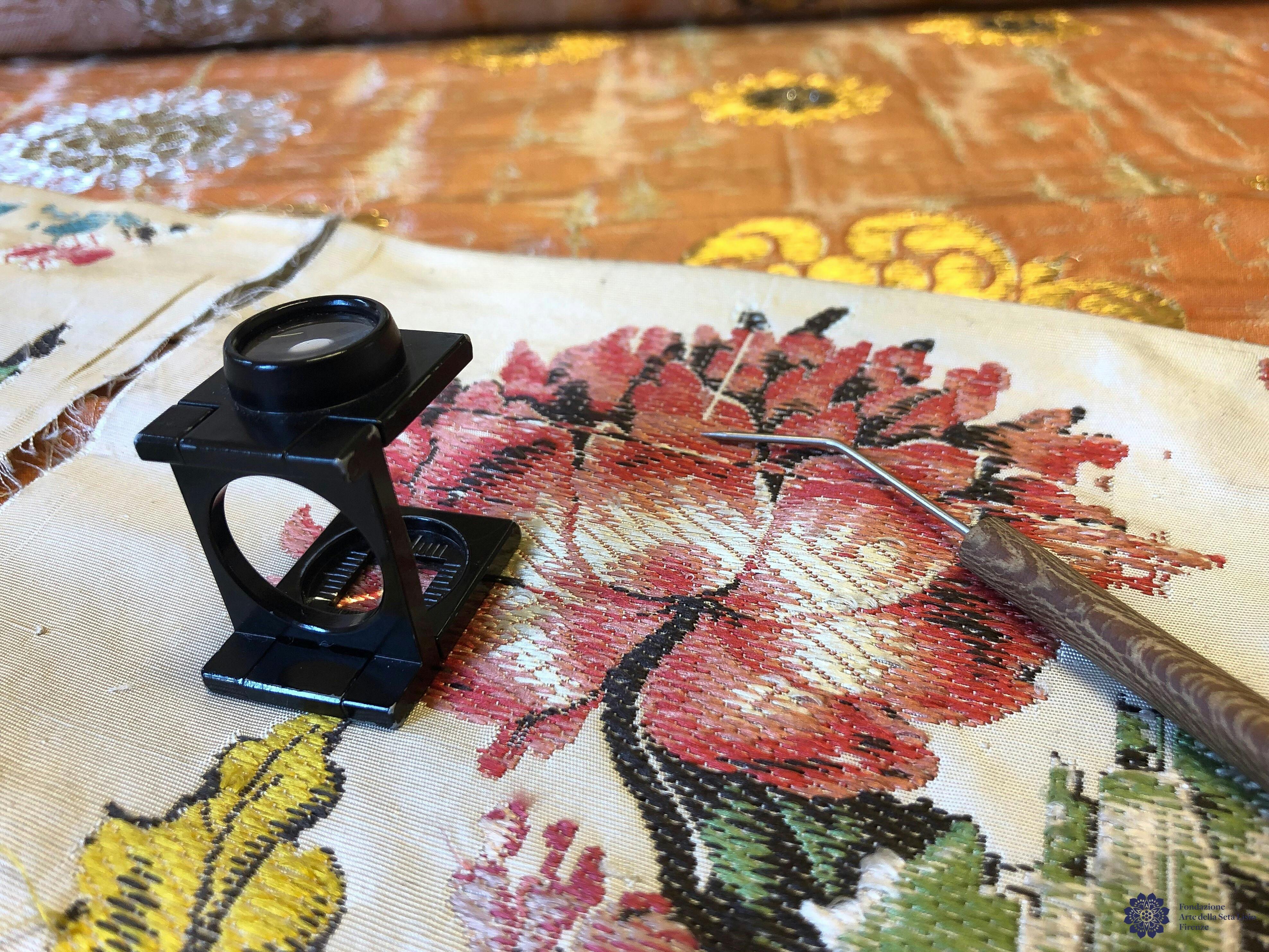
Analysis, recognition and cataloguing
Corso fuorisede | Riconoscere le tecniche seriche storiche per una attribuzione di base
La Fondazione Lisio terrà un corso fuori sede presso la Fondazione Antonio Ratti di Como. Il corso verterà sull’osservazione, il riconoscimento e la descrizione di diversi intrecci serici quali taffetas, raso, cannelé, diamantina, pekin. Proseguirà un approfondimento sui tessuti operati: broccato, damasco, velluto, lampasso. Verranno osservati e studiati tessuti tratti dalle collezioni della Fondazione Antonio Ratti.
Read